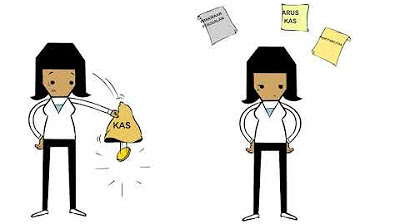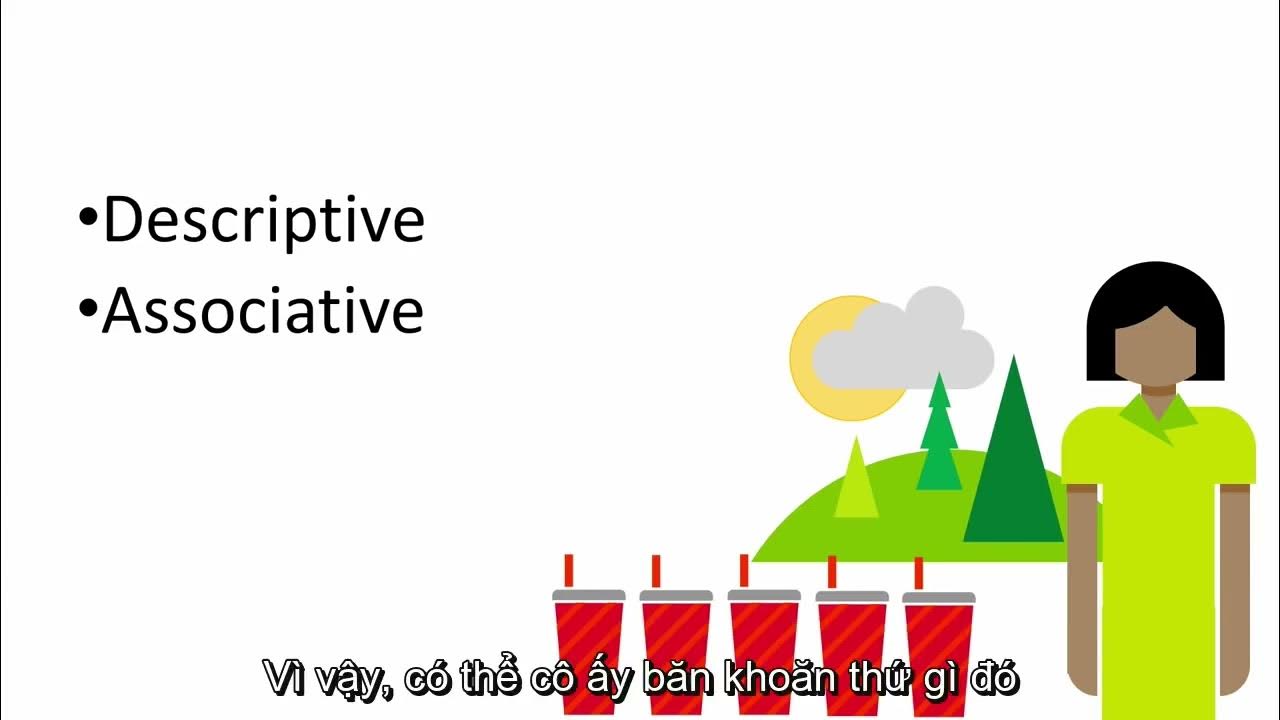수주 잔고를 이용한 매출액 추론 시 Lagging 기간 확인 법
Summary
TLDRThis video explains how businesses can forecast future sales by analyzing the relationship between order data and sales revenue, using lagging indicators. It details the process of identifying sales delays, with a focus on the correlation between orders and revenue recognition. By observing historical data and calculating lag times, businesses can project sales for future quarters. The video provides a clear methodology for forecasting sales, using tools like correlation analysis and visualization charts, helping companies improve financial planning and decision-making for the upcoming periods.
Takeaways
- 😀 The lag between contract signing and revenue recognition is a crucial factor in sales forecasting.
- 😀 Sales revenue may not occur in the same quarter as the contract signing due to preparation delays like raw materials procurement and contract fulfillment.
- 😀 If a contract is signed in Q1, the corresponding sales revenue could appear in Q2, Q3, or later, depending on the fulfillment process.
- 😀 There is a strong correlation (82%) between the timing of signed contracts and the eventual sales revenue, which can help forecast future sales.
- 😀 Analyzing the lag between contract signing and revenue recognition can provide valuable insights into future sales trends.
- 😀 By shifting historical sales data and calculating correlations, the optimal lag time for forecasting can be determined.
- 😀 Excel (or similar tools) can be used to shift sales data by specific time periods (quarters) to identify the lag between contract signing and revenue realization.
- 😀 The correlation analysis reveals when sales from specific contracts are likely to materialize, which can be used to predict future revenue.
- 😀 By analyzing multiple contracts, one can forecast revenue for upcoming quarters, helping businesses prepare for expected cash flow.
- 😀 Creating charts from the data helps visualize the trend of future sales and allows for informed decision-making based on forecasted figures.
Q & A
What is the main focus of the transcript?
-The transcript focuses on explaining how to analyze the relationship between sales and order intake, particularly in terms of the lag between order placement and the recognition of sales, using a correlation-based approach.
What does 'lagging' refer to in the context of this analysis?
-'Lagging' refers to the delay between when an order is placed and when the corresponding sales revenue is recognized. This delay is analyzed to understand how future sales can be predicted based on past orders.
How is the lag between sales and order intake quantified?
-The lag is quantified by calculating the correlation between sales and order intake over different periods. The speaker mentions using a formula to shift the data (by one or more quarters) to observe how sales correlate with past orders.
Why does the speaker suggest that sales figures for Q1 2023 might be delayed?
-The speaker suggests that sales for Q1 2023 might be delayed because of the time required for various steps such as receiving orders, procuring raw materials, and completing necessary preparations before actual sales can be recognized.
What is the significance of the correlation coefficient mentioned (82%)?
-The correlation coefficient of 82% indicates a strong relationship between sales and order intake. This means that there is a high likelihood that future sales can be predicted based on past orders, with a relatively high level of accuracy.
How can this analysis be used to predict future performance?
-By examining the correlation between sales and order intake, the speaker suggests that future sales performance can be estimated by projecting the current trends, taking into account the lag between when orders are placed and when sales are recognized.
What method does the speaker use to track the relationship between sales and orders?
-The speaker uses a method of shifting the data across different time periods (e.g., quarters) and calculating the correlation between sales and order intake for each shifted period. This helps identify the optimal lag period for predicting future sales.
What does the speaker mean by 'dragging' in this context?
-'Dragging' refers to the process of shifting the sales data across multiple periods to analyze how sales correlate with past order intake at different lags. This process helps in determining the appropriate lag time for accurate sales forecasting.
How does the speaker visualize the correlation between sales and order intake?
-The speaker visualizes the correlation by creating charts that plot sales and order intake data, allowing for a clear representation of how sales follow trends based on the order intake at different points in time.
What is the overall goal of this analysis?
-The overall goal is to predict future sales performance by analyzing the lag between order intake and the recognition of sales, thus providing a more accurate forecast of future financial performance.
Outlines

このセクションは有料ユーザー限定です。 アクセスするには、アップグレードをお願いします。
今すぐアップグレードMindmap

このセクションは有料ユーザー限定です。 アクセスするには、アップグレードをお願いします。
今すぐアップグレードKeywords

このセクションは有料ユーザー限定です。 アクセスするには、アップグレードをお願いします。
今すぐアップグレードHighlights

このセクションは有料ユーザー限定です。 アクセスするには、アップグレードをお願いします。
今すぐアップグレードTranscripts

このセクションは有料ユーザー限定です。 アクセスするには、アップグレードをお願いします。
今すぐアップグレード関連動画をさらに表示
5.0 / 5 (0 votes)






